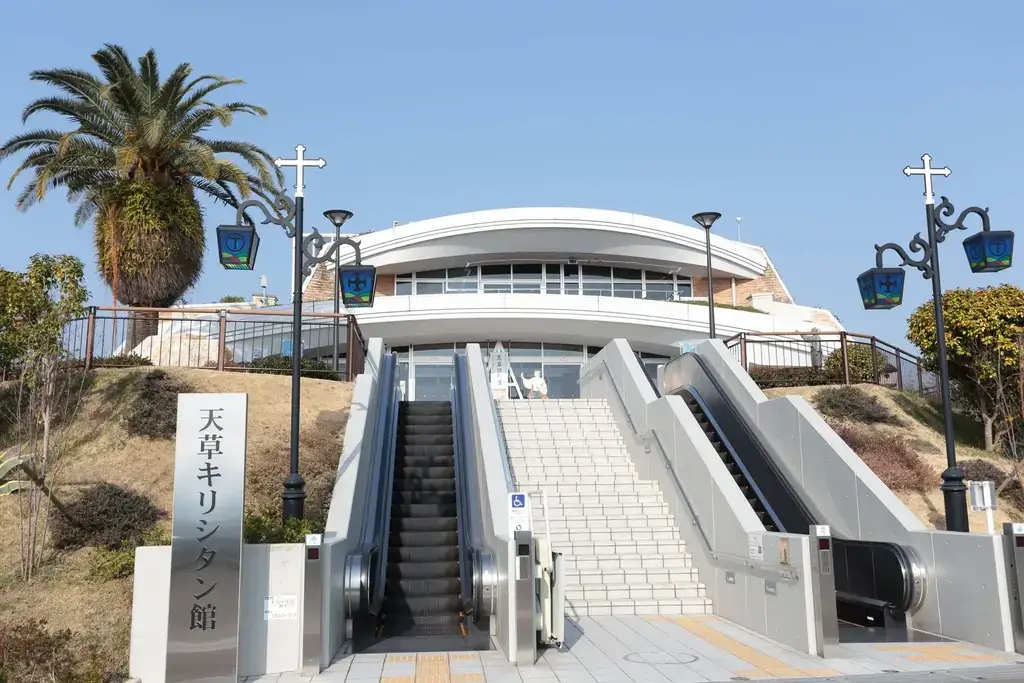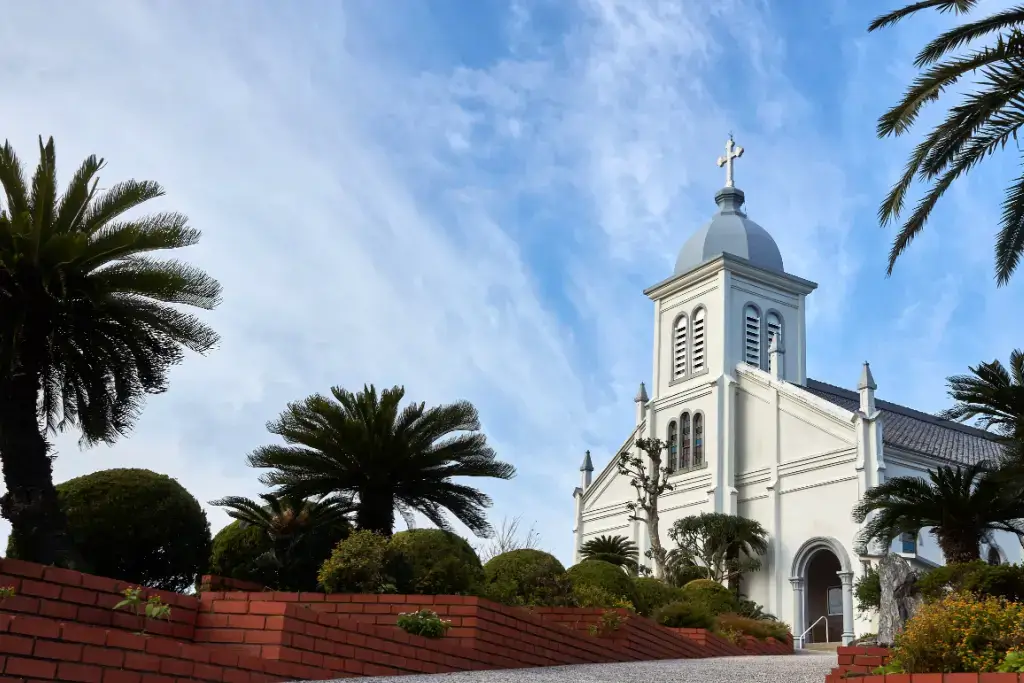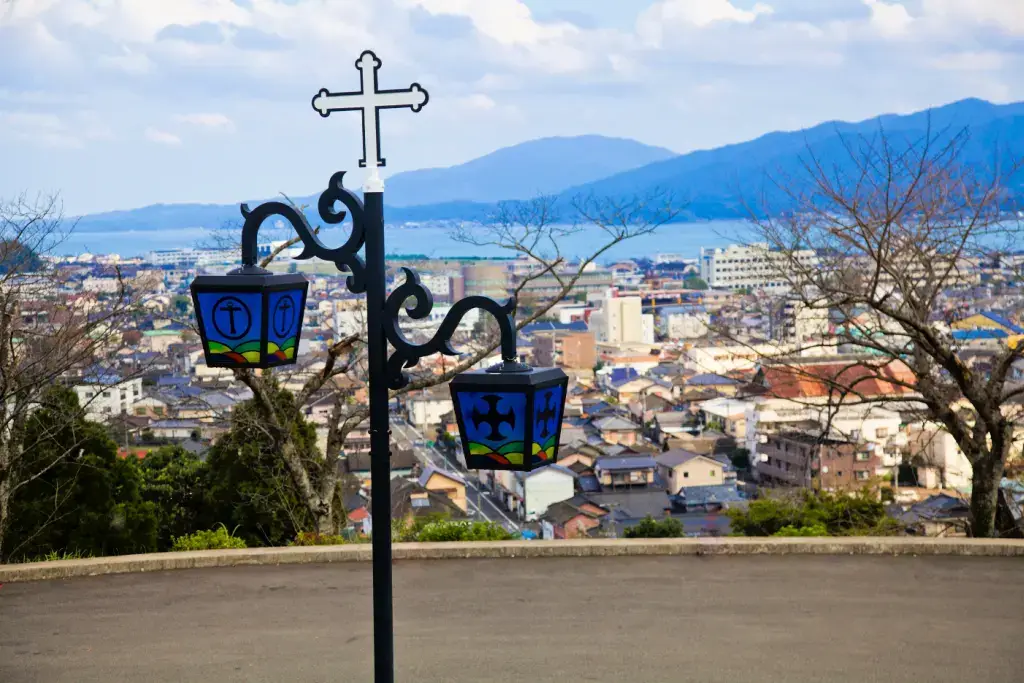In Japan’s Kyushu region, Kumamoto Prefecture is famous for stunning landscapes, historic landmarks, and rich culture. The iconic Kumamoto Castle, cherry blossoms, and hot springs attract many visitors. Recently, many Italian tourists are visiting Amakusa City for its hidden Christian history.
The historical Christian sites are gaining attention because of an upcoming collaboration between a Japanese manga artist and an Italian archbishop. As a result, Amakusa has become a destination for Italians, strengthening the cultural and spiritual ties between Italy and Japan. Keep reading to explore how the Italy-Amakusa connection brings history to life and deepens cultural understanding between the two regions.
Table of Contents
ToggleThe Story Behind the Pilgrimage
The journey that led to 25 Italians visiting Amakusa started with a manga. Kan Takahama, a Japanese artist, was inspired by her hometown’s Christian history. Her manga, Shishi to Botan (The Lion and the Peony), blends adventure, romance, and hidden treasure tied to Amakusa’s past. As a result, the manga has captivated readers in Italy, where the story resonates deeply.

Christianity arrived in Amakusa in the 16th century through missionaries from Italy and other European countries. Religious persecution led to a ban on Christianity, forcing believers to practice secretly. Amakusa Shiro, leader of the Shimabara Rebellion, played a key role in preserving the faith. Today, Sakitsu village, a UNESCO site, still holds traces of this hidden Christian history.
A Cross-Cultural Friendship
Takahama’s connection with Italy began after her lecture in Rome on The Lion and the Peony’s historical research. The lecture eventually caught the attention of Paolo Giulietti, the archbishop of Lucca, Italy. Giulietti was moved by the perseverance of hidden Christians in Japan and developed a growing interest in Japan’s Christian history. This shared passion also led to an unlikely friendship between Giulietti, Takahama, and Professor Olimpia Niglio, a historical site restoration expert. Together, they eventually began exploring ways to raise awareness about Amakusa’s Christian legacy.

Takahama visited Italy in the fall of 2023 and expressed concerns about Amakusa’s disappearing Christian history. She wanted to strengthen ties with Italy to illuminate the region’s past. Giulietti, moved by her passion, agreed to visit Amakusa along with 25 Italian pilgrims to Amakusa this September, marking the 440th anniversary of Japan’s Christian mission to Europe.
The Friendship Project
In Amakusa, local entrepreneurs saw the pilgrimage’s potential to attract international attention to the area. The Italy and Amakusa Renewed Friendship Project was created to facilitate the visit. Led by Takahama’s childhood friends, the project provides multilingual signs, accommodations, and improved infrastructure for a seamless experience.

A special exhibition at the Amakusa Christian Museum will showcase historical artifacts related to the region’s Christian history. Giulietti’s artifacts from Italy will be displayed alongside materials on the Shimabara Rebellion and hidden Christians. Overall, the collaboration aims to make Amakusa a destination for international travelers.
Want to dive deeper into the world of traditional Japan? Check out Sakuraco! Sakuraco delivers traditional Japanese snacks, teas, and sweets from local Japanese makers directly to your door so you can enjoy the latest treats directly from Japan!
Why do Italian pilgrims want to go to Amakusa?
For Italian visitors, Amakusa’s history is deeply personal. Italy has a long connection with Japan’s Christian heritage, and the visit offers a unique opportunity to connect with this shared past. The influence of Italian missionaries and hidden Christians resonates with Italians, creating a powerful bond.
The pilgrimage allows Italians to walk in the footsteps of their Catholic predecessors. Visitors can explore sacred sites where Christianity was practiced secretly, such as the beautiful Sakitsu church. Amakusa’s historical significance is celebrated through its UNESCO World Heritage status.
The Future of Amakusa as a Tourist Destination
With the Friendship Project, Amakusa is set to become a top destination for Christian history enthusiasts. The area’s blend of natural beauty, culture, and religious significance attracts those seeking a deeper understanding of Japan’s religious past. Takahama and the organizers hope the pilgrimage will bring attention to Amakusa’s history and foster cultural exchange between Italy and Japan.

The project is a chance for the local community to revitalize tourism and attract international visitors. Interacting with locals, Italian tourists will develop a deeper appreciation for Amakusa’s charm. As the area embraces its Christian heritage, Amakusa’s cultural significance will continue to grow.
Why should I check out Amakusa’s history?
People often search for deeper meaning in their travels, and Amakusa’s Christian legacy offers just that. Once hidden for centuries, this remarkable history is now emerging. This revival is thanks to manga artist Kan Takahama and Archbishop Paolo Giulietti. Their efforts have sparked new interest in Amakusa, especially among Italian tourists seeking a spiritual connection to their Catholic roots.

Overall, Amakusa invites you to reflect, explore, and connect, whether drawn by faith, history, or curiosity. Not to mention, a visit to this unique region reveals a powerful story of resilience. It also offers a cultural journey that brings people together across continents. Have you ever visited a historical site that deeply impacted you? What part of Amakusa’s Christian history do you find most fascinating? Share your thoughts in the comments below!










